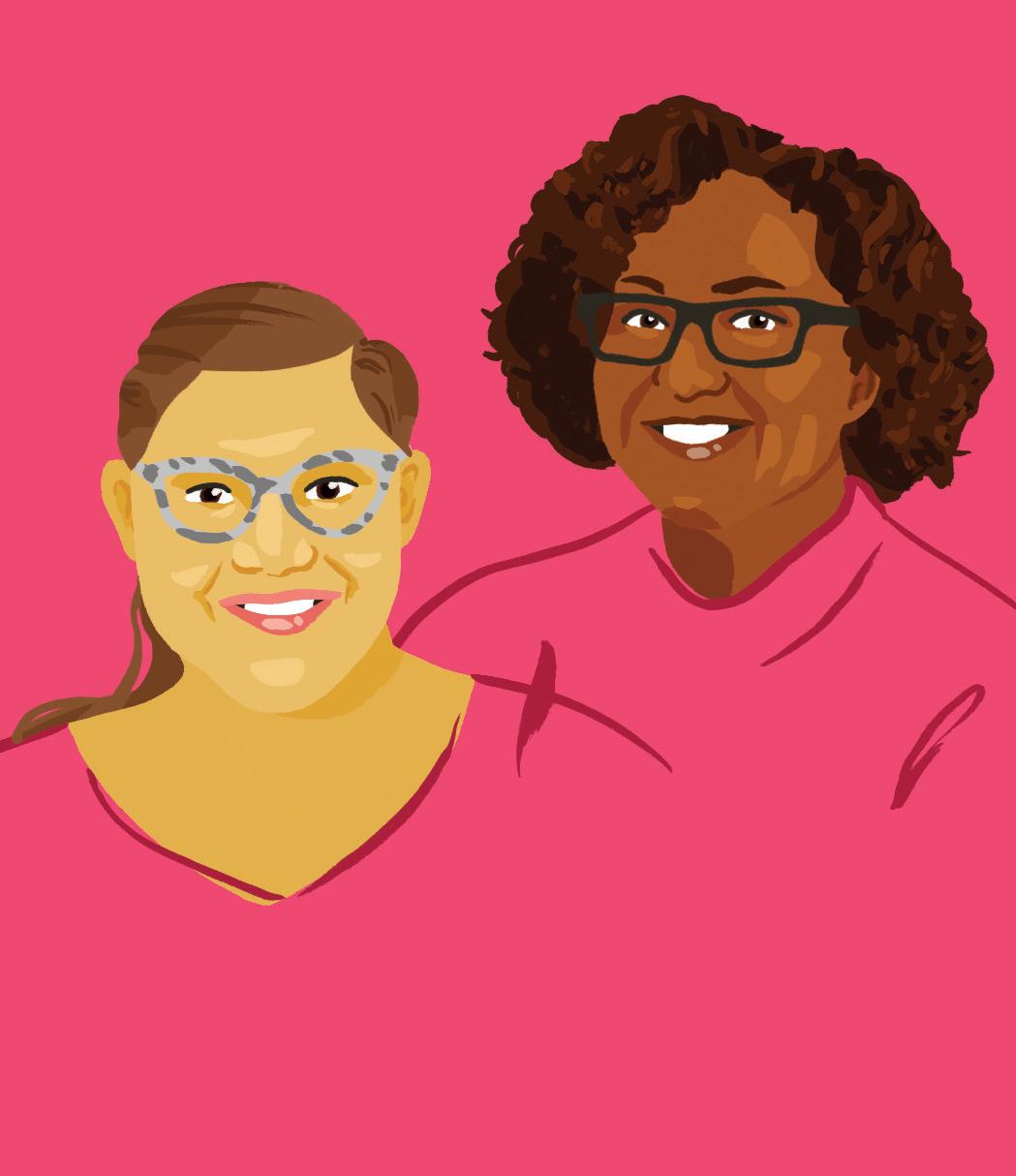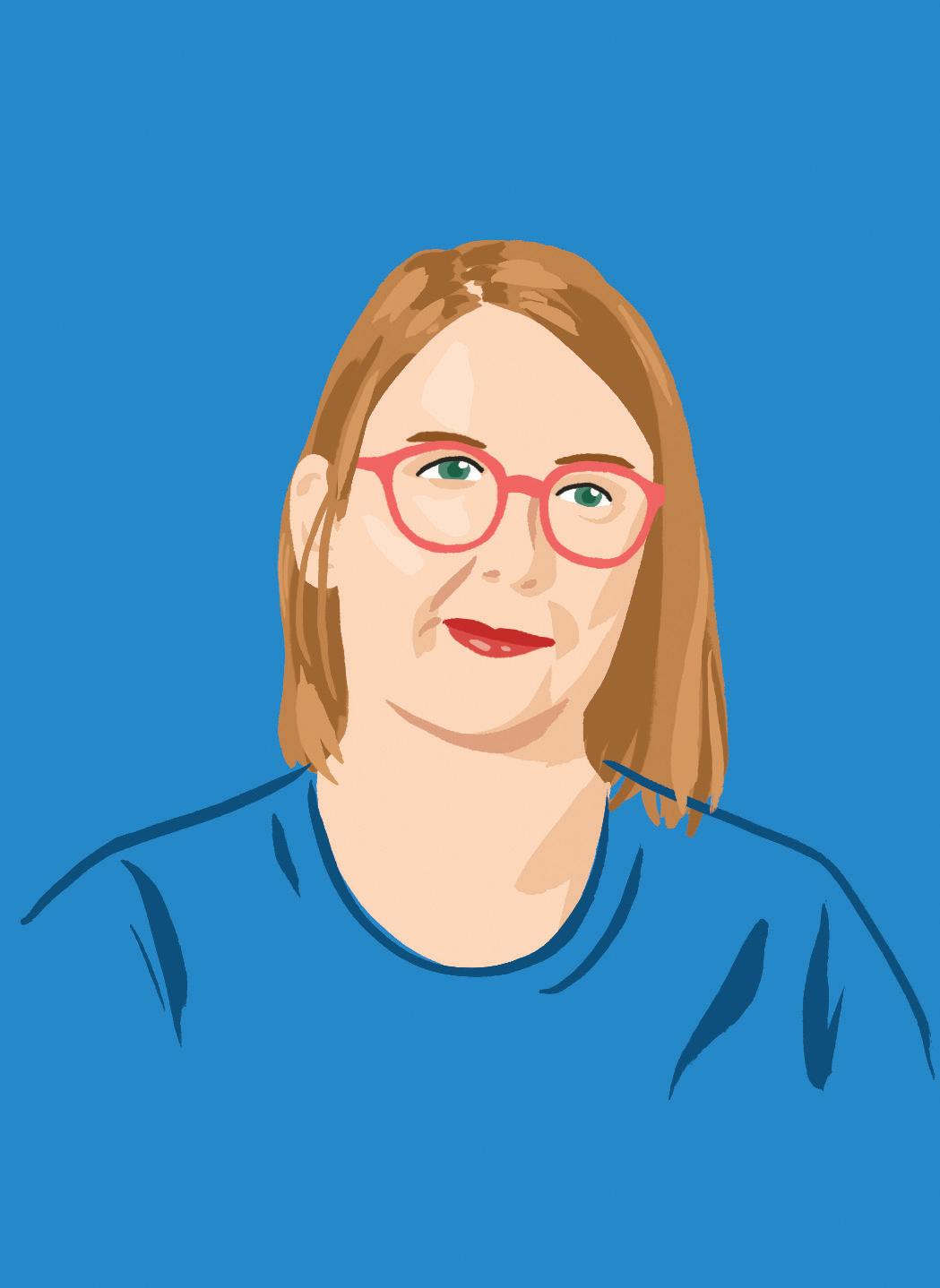.......... .......... .......... .......... .......... .......... .......... .......... .......... .......... .......... .......... .......... .......... .......... .......... .......... .......... .......... .......... .......... .......... .......... .......... .......... .......... .......... .......... .......... .......... .......... .......... .......... .......... .......... .......... .......... .......... .......... .......... .......... .......... .......... .......... .......... .......... .......... .......... .......... .......... .......... .......... .......... .......... .......... .......... .......... .......... .......... .......... .......... .......... .......... .......... .......... .......... .......... .......... .......... .......... .......... .......... .......... .......... .......... .......... .......... .......... .......... .......... .......... .......... .......... .......... .......... .......... .......... .......... .......... .......... .......... .......... .......... .......... .......... .......... .......... .......... .......... .......... .......... .......... .......... .......... .......... .......... .......... .......... .......... .......... .......... .......... .......... .......... .......... .......... .......... .......... .......... .......... .......... .......... .......... .......... .......... .......... .......... .......... .......... .......... .......... .......... .......... .......... .......... .......... .......... .......... .......... .......... .......... .......... .......... .......... .......... .......... .......... .......... .......... .......... .......... .......... .......... .......... .......... .......... .......... .......... .......... .......... .......... .......... .......... .......... .......... .......... .......... .......... .......... .......... .......... .......... .......... .......... .......... .......... .......... .......... .......... .......... .......... .......... .......... .......... .......... .......... .......... .......... .......... .......... .......... .......... .......... .......... .......... .......... .......... .......... .......... .......... .......... .......... .......... .......... .......... .......... .......... .......... .......... .......... .......... .......... .......... .......... .......... .......... .......... .......... .......... .......... .......... .......... .......... .......... .......... .......... .......... .......... .......... .......... .......... .......... .......... .......... .......... .......... .......... .......... .......... .......... .......... .......... .......... .......... .......... .......... .......... .......... .......... .......... .......... .......... .......... .......... .......... .......... .......... .......... .......... .......... ..........
Supplement to SSIR sponsored by the DISABILITY & PHILANTHROPY FORUM
organizations have rarely responded to this type of response, in no small part because the disability community was not considered formidable or worth listening to. But in this instance, Ford Foundation CEO Darren Walker expressed his commitment to “embracing risk and reflecting honesty,” which led the organization to examine disability bias, investigate the history of philanthropy’s negligence and harm to the community, and determine a course of action to address historic harms with solutions. We must seize this moment to advance and recognize the promise of disability justice in America. Rep. Pressley and Cokley: The disability community has lived segregation, from specialized educational settings to community service programs and restricted employment opportunities. Our demand to philanthropy, government, and other sectors is not to be treated as a special case. Government and foundations alike must fund efforts to develop housing proposals to ensure a supply of affordable and accessible housing. Funders exploring ways to organize efforts in criminal justice reform must remember that 60 to 80 percent of people who are currently incarcerated have a disability, including individuals who acquired a disability while incarcerated. No effective approach to reentry, abolition, or de-escalation will be successful if disability is not included. Disability is a cause and consequence of poverty. Philanthropic organizations that are committed to fighting poverty and inequality in the United States or globally will never meet their goals as long as disability is missing from their work. Even if a foundation is discomfited by the idea of putting up a neon sign that says “We fund disability,” any philanthropic entity that addresses inequality or injustice in effective and comprehensive ways must include disability in its work. Any demographic data that is collected to understand populations served, affected, or employed must include disability if true diversity is to be reflected in the numbers. Similarly, the federal government must move away from the bureaucratic excuses of the past, which required disabled folks to fit into specific boxes when it comes to data and benefits. This bias has resulted in public policy that does not acknowledge the community’s diversity or recognize the fundamental rights of all people to pursue liberty, justice, livable wages, marriage equality, and fair housing. The novel coronavirus has surfaced many existing inequities, and the impact on the disability community is clear. More than a third of all deaths tied to COVID-19 come from congregate settings, where people with disabilities make up a large percentage of all residents. More than one-third of individuals impacted by the novel coronavirus are likely to experience long-haul symptoms, a brand-new category of disability. COVID-19 has exacerbated existing mental illnesses due to increases in anxiety and social isolation, and for many individuals, there have been new diagnoses. The need for flexibility and rethinking how we work, how we receive health care, and how we learn has required us all to take a moment to ask ourselves why there isn’t greater accessibility and flexibility to support how we live so that we may thrive. Together, we can meet the moment, center individuals who are most impacted, and rebuild as a more just nation if we see disability as part of the continuing struggle for our full civil rights and liberties. We recognize that there is no justice that neglects disability. s 4
CENTERING DISABILITY
• WINTER 2022
Time for Philanthropy to Confront Ableism If philanthropy is to build a more just and equal society, it must combat ableism in its own institutions and practices. BY SANDY HO & JEN BOKOFF S A N DY ’ S I N T R O D U C T I O N
“What kind of funding are you looking for, and do you have a budget for this year?” a staff person from a foundation asked me. We were talking about the 2018 Disability & Intersectionality Summit (DIS). It came as a shock when I, the event’s founder, landed a meeting with this foundation to discuss DIS. It was one of my earliest interactions with a foundation as a community organizer and I recall trying my hardest to impress this staff person. As a disabled and queer Asian American woman, I felt such shock partly because our ableist society has conditioned me and millions of disabled people to wait and be told what would be best for our lives, rather than asking directly for what we need. Ableism is a system of oppression that devalues and discriminates against people with disabilities. Individuals as well as institutions, policies, and communications can be sources of ableism. JEN’S INTRODUCTION
For years, I have been part of and an observer to ableist gatekeeping in philanthropy. From a “go, go, go” work culture to the invitation of proposals and office and event design, the philanthropy sector is not without its share of ableism. I’ve spent much of my career operating in systems that have not honored what my body needs to be successful, because of both structural ableism and ableism that I’ve internalized. As a person with chronic illnesses, I didn’t know about accommodations I could request or boundaries I could set, because I didn’t see them modeled around me. When I once tried to share my experiences with pain, fatigue, sensory sensitivity, and digestive needs at a former team retreat, I was met with disbelief and laughter. The awkwardness sent a clear message: It’s easier just to keep it to yourself. But it shouldn’t be awkward. The philanthropy sector has waved the banner of “diversity, equity, and inclusion” for years, and yet ableism continues to affect staffing and talent development, knowledge generation and sharing, and governance and funding. I have even inadvertently perpetuated ableism. For example, I never knew to ask direct reports if they needed accommodations, and I have readily spoken at inaccessible events. I’ve been on my own learning—and action—journey to change this. A B L E I S M I N O U R H I S TO RY, P O L I C I E S , A N D S T R U C T U R E S
Philanthropy is no stranger to the ways that ableism is deeply embedded SANDY HO is the founder of the Disability & Intersectionality Summit and a research associate at The Lurie Institute for Disability Policy. Find her on Twitter at @NotYourAvgHo101. JEN BOKOFF is the director of development at the Disability Rights Fund and Disability Rights Advocacy Fund and blogs at The Jeneralist. Find her on Twitter at @jenbo1.






